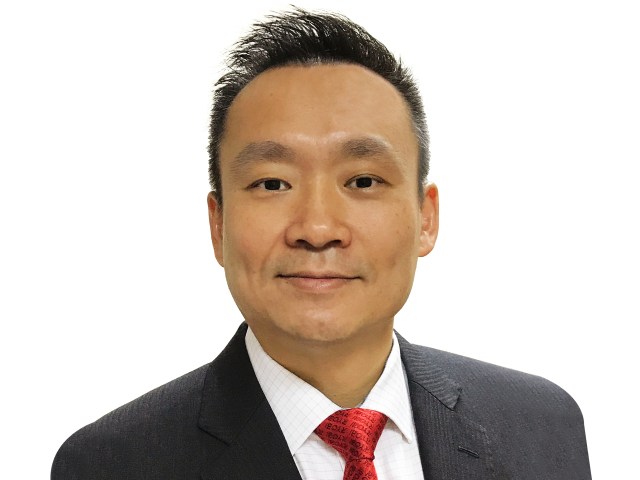
This article appeared in the March 2025 issue of Australian Printer, authored by Cactus Imaging’s Keith Ferrel
The industry, as a whole, has consolidated more significantly in 2024. It has faced some challenges, there’s no two ways about that. Several SMBs didn’t fare well and went broke. The larger organisations got bigger, while the smaller ‘mum and dad printers’ that didn’t have succession planning in place struggled.
There’s a lot of doom and gloom about, but we’re not one of them. For Cactus Imaging, it has been a very big year.
In 2024, our profit was a fair bit more than the previous year, which was a record year. The investment in technology enabled us to bring on a number of new clients and staff. For instance, we bought a hybrid printer last year and got into some more flatbed work – not actively looking for it, but to appease our current client base.
With improved technology, we’ve been able to produce solutions for clients quicker, and in better quality. We’ve also been able to print on a variety of different substrates, opening us up to new markets including retail display, event signage, and fabric printing.
Over the years we’ve been known as a static billboard printer. But with the growth of LED billboards, that market segment has and will continue to impact the growth of static billboards, even though volumes haven’t decreased that much.
We see it coming and thus, have diversified into these other areas of play. In 2025, Cactus will be building on what we’ve been doing and continuing our diversification strategy. We’re always looking at new technologies and we’ve got some clear ideas on where we want to be and the direction we want to head.
We’ve probably got the best of what’s available at the moment in terms of printers, but we’re keen to see what’s in store at FESPA Berlin 2025. Cactus Imaging is a little different to some other printers – we’re not looking to buy for our needs of today. We’re looking at what will be relevant to our business in 12 to 18 months. Key to technology innovation in our industry is speed and the diversity of technology.
AI is another innovation that needs to be integrated into operations. To enhance business processes and to remain competitive, companies need to fully grasp and effectively utilise the capabilities and limitations associated with AI. It’s currently fraught with danger, but it’s certainly a thing of the future.
At Cactus, we’ve already purchased software that is AI compatible and is integrated into our systems, but it’s still very much in its infancy. It’s something that we’re trying to grasp and work with, and see what opportunities arise from it.
In terms of sustainability, what we’re investing in at the moment, from a billboard perspective is Ecobanner – a fully recyclable fabric material. Ecobanner was designed by Gale Pacific and we’ve been working in close collaboration with them.
It’s the only material around that you print on and gets fully recycled back into material to print on again. You can do that between five and eight times, depending on what size and what material you’re using.
But the challenge with sustainability is that there is a cost involved and many clients shy away when they find out the cost of sustainable materials – even though they intend to improve on their sustainability initiatives.
So, until sustainable materials come in volumes that enable printers to lower the price, until we have proper recyclable infrastructure here in Australia, and until the state and federal governments provide some direction on this issue, sustainability will continue to be a buzzword.
In terms of market outlook, consolidation will continue to happen in 2025. The print industry will continue to be riddled with formidable challenges, including an economic downturn, pricing pressures, rising labour costs, inflation, and getting more people involved in the industry.
FESPA and ProPrint are leading the way in acknowledging the efforts of emerging leaders and future leaders, but we need to get more young people involved in the industry. As an industry, we’ve got to go out and make it happen.
Another big problem facing the industry is staying current, which is very important in this day and age. To be relevant, you’ve got to produce things faster, better, smarter, and to get everything out the door.
2025 is going to be tough, but you’ve got to keep doing the good things right. There are plenty of opportunities for growth; you’ve just got to diversify. The days where you stick to one market segment has long gone.
Comment below to have your say on this story.
If you have a news story or tip-off, get in touch at editorial@sprinter.com.au.
Sign up to the Sprinter newsletter


